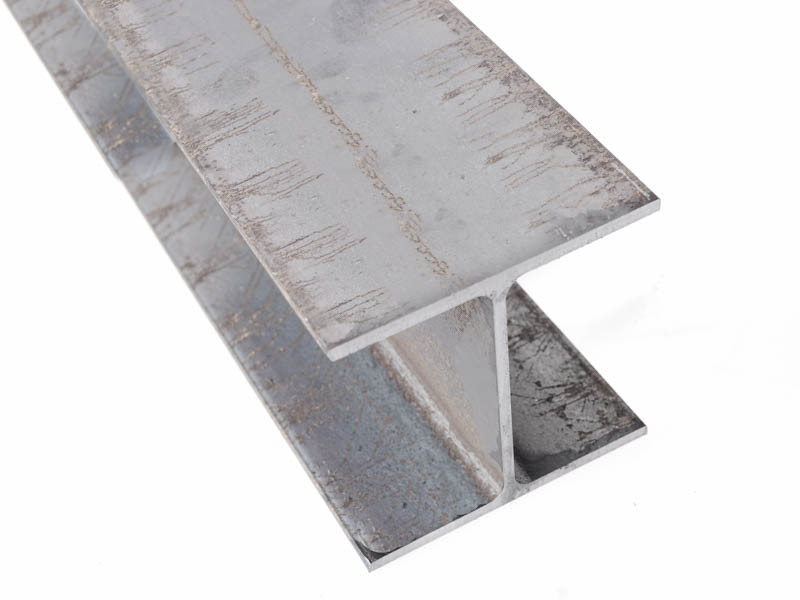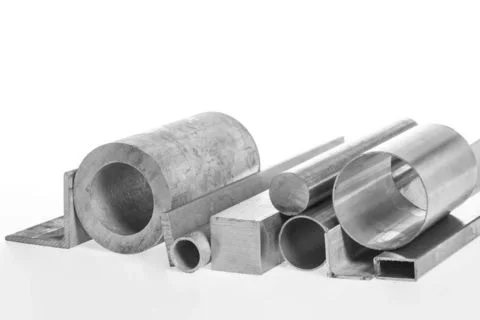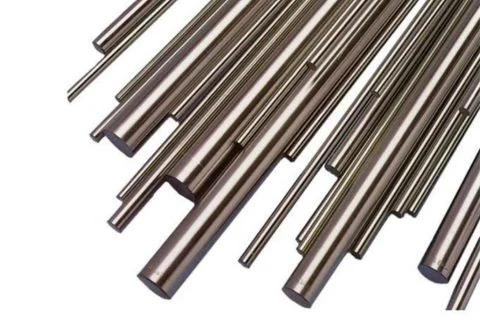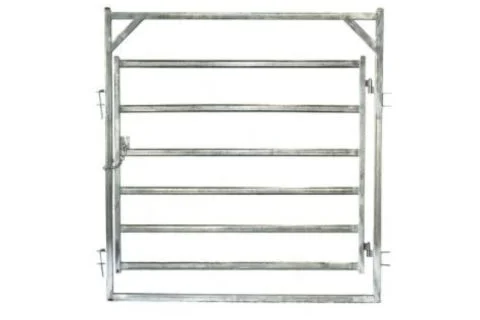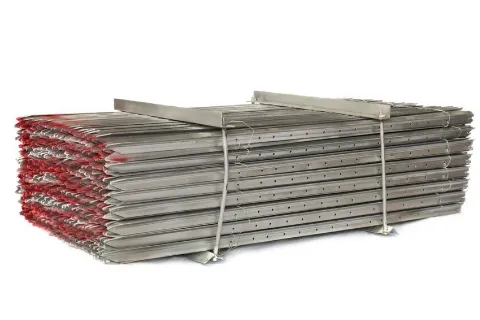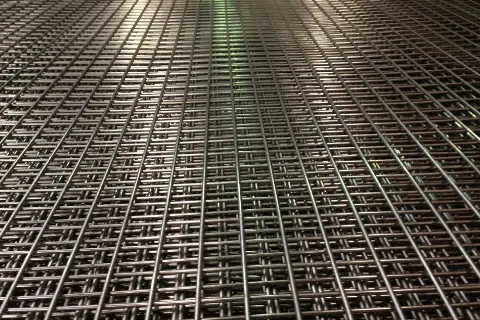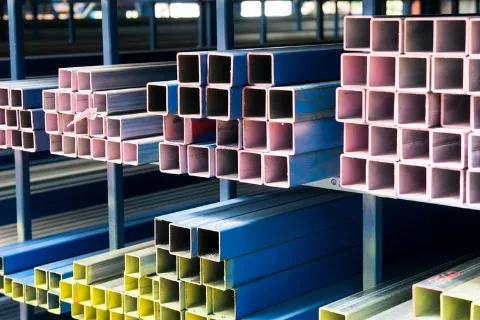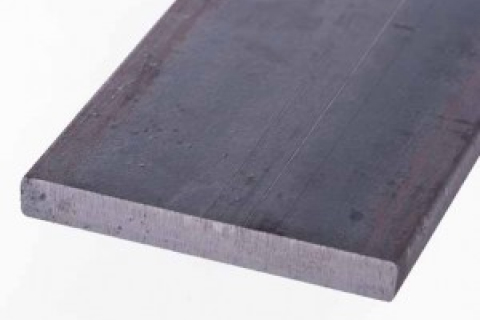Welding series: how to MIG weld (for beginners)
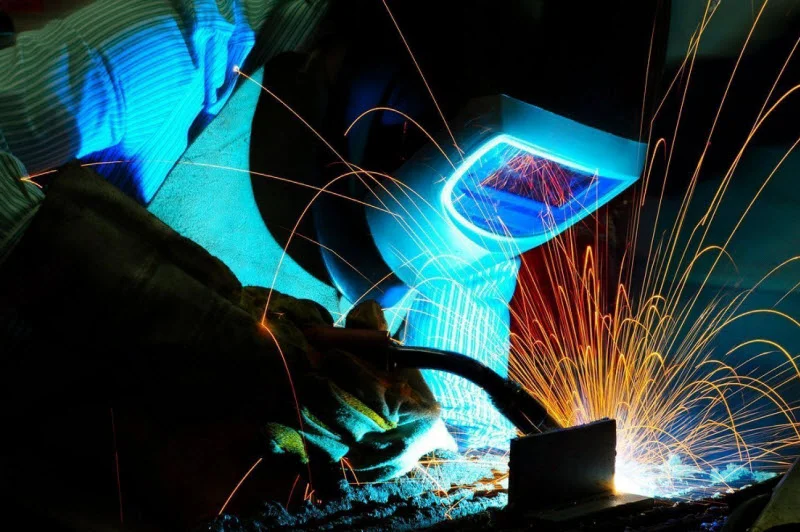
What is welding?
Welding is simply the process of using high heat to join two pieces of steel together; the high heat causes the steel to melt, allowing them to fuse together upon cooling.
There are a number of welding techniques to choose from, depending on the environment, application and metals involved in the welding process.
The most basic and common form of welding class is arc welding (where all beginners start), which includes stick welding, metal inert gas (MIG) welding and tungsten inert gas (TIG) welding.
Here, we take you through the MIG welding process, the easiest welding technique to learn.
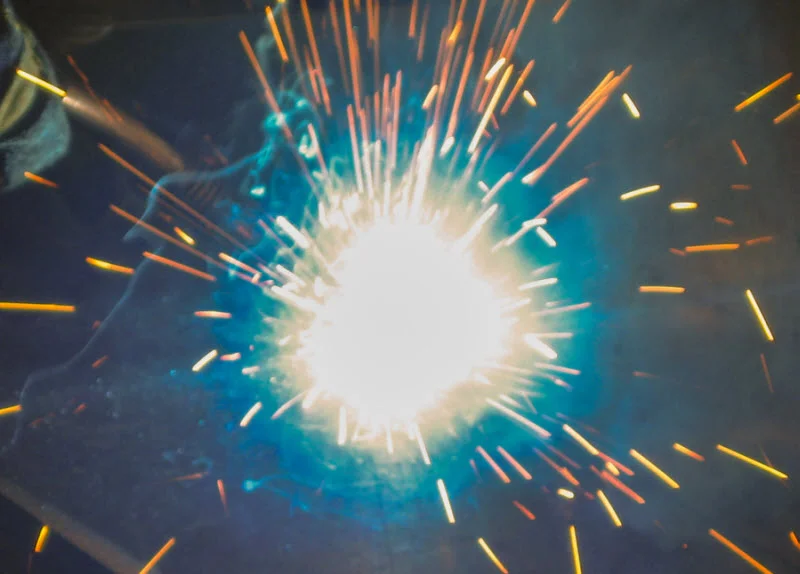
Safety first
Before beginning any welding project, it is vital to ensure all safety measures are in place and you’ve got the right safety gear.
The welding equipment you are using will have specific safety instructions provided by the manufacturer that you must thoroughly review before starting.
You must also have the correct safety equipment on hand to ensure protection from the heat, sparks and UV rays generated during the process. The essentials include:
- Long-sleeved shirt and pants made from fire-retardant materials
- Gloves
- Safety glasses and helmet
- Adequate ventilation if welding indoors (e.g. exhaust).
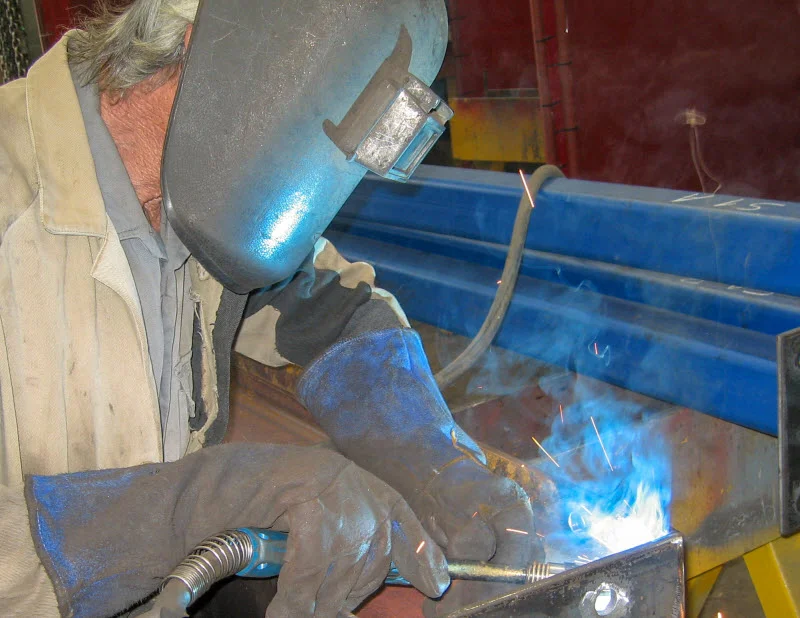
The basics
MIG welding, or gas metal arc welding, is one of the most commonly used techniques in home repair projects, welding of auto parts and joining of low-alloy steels.
The MIG welding process uses a wire electrical conductor (electrode) to form an electric arc to the workpiece.
The arc heats the metal, causing the pieces to melt and fuse upon cooling.
During the process, the MIG welding device releases a shielding gas that protects the workpiece from environmental contaminants.
Most MIG welding machines will also allow you to change the polarity to allow a gasless wire to be used.
Advantages and disadvantages
Advantages
- Efficient: MIG welding does not require the replacement of electrodes or slag clean-up, making it extremely efficient.
- Inexpensive: MIG devices are the most inexpensive welding equipment. The limited amount of gas and electrodes required also reduce costs.
- Ease of use: MIG is the easiest and simplest welding technique to learn, making it the most common choice for hobbyists and home users.
- High-quality welds: MIG welding produces a clean weld join without any slag remnants. The user’s control of the welding gun also allows for precise welds.
Disadvantages
- Wire fitting: Users must fit the MIG wire within the welder properly, so that the machine can feed it through the welding gun into the joint.
- Gas requirements: A shielding gas must be used to protect the weld from corrosion while it is hot.
- Not suitable for outdoor use: Due to the use of gas in the process, MIG welding is not recommended for outdoor use.
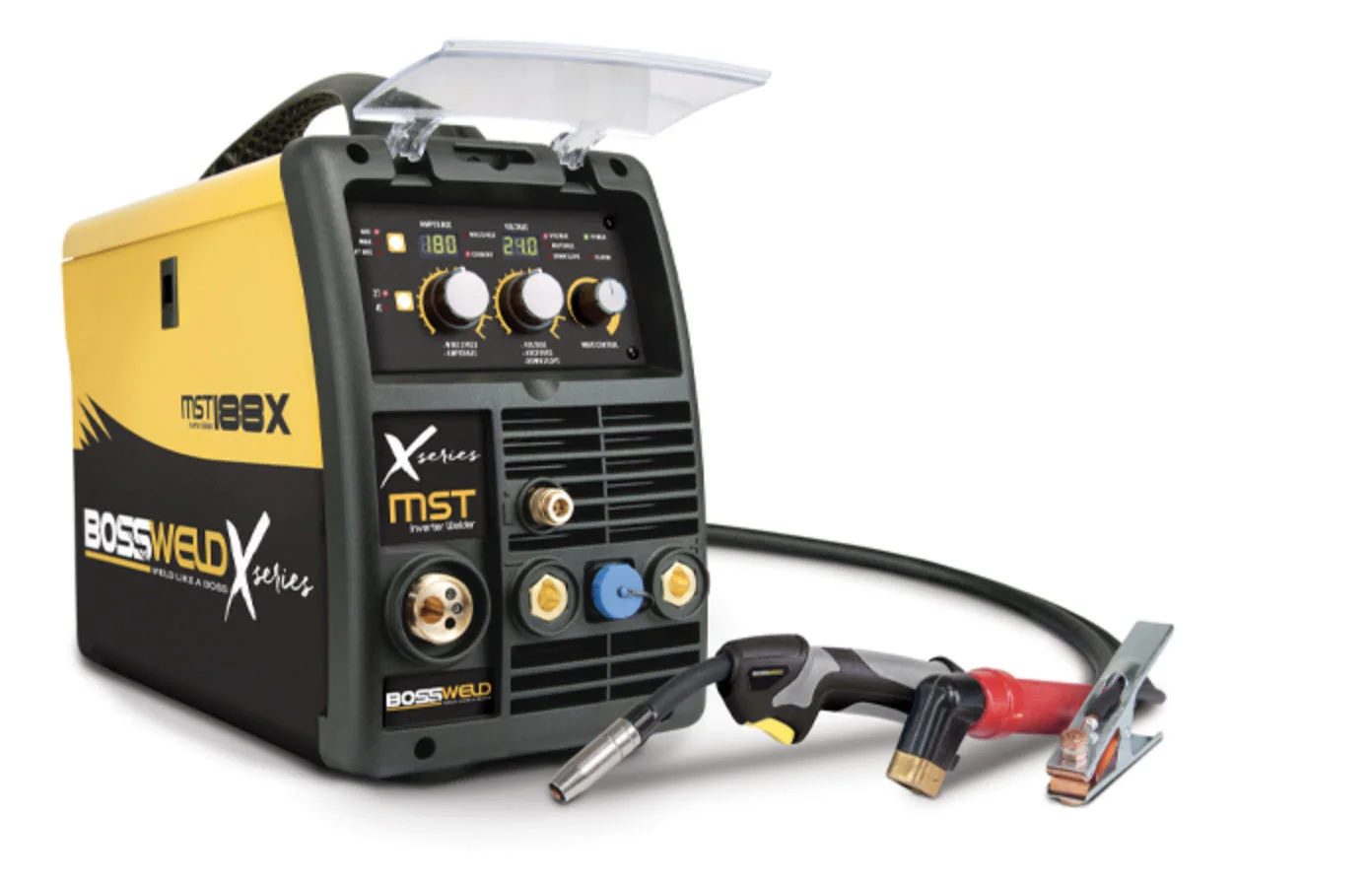
Equipment
Welding device
If you are a beginner, we recommend a multipurpose welding machine that allows you to practise a number of welding techniques, such as stick, TIG and MIG.
Wire
Your welding device may already have flux-cored wire. However, MIG welding requires a thicker wire for thicker metal sections. It is important that you use the appropriate wire for your workpiece.
Gas
MIG uses gas to protect the weld from corrosion while it is hot. It is important to choose the right gas for your project. If you are using flux-cored welding wire, then you do not need to worry since the core releases shielding gases that protect the weld pool.
Carbon dioxide: A commonly used shielding gas in MIG welding. However, be mindful that the arc will be less stable and can produce a lot of spatter.
Pure argon: Should only be used for welding non-ferrous metals, such as aluminium. Do not use it when welding steel.
Argon mix: The most commonly used shielding gas, which has an appropriate mix of carbon dioxide and argon and produces a high-quality weld. The properties of the arc lie midway between pure carbon dioxide and pure argon. The arc has the right width, good penetration and minimal spatter.
Edcon Steel has a variety of SpeedGas cylinders available for purchase or swap and go, including carbon dioxide, argon and a blended (argon/carbon dioxide/oxygen) gas that is ideal when doing light fabrication work with a MIG welder on carbon steel.
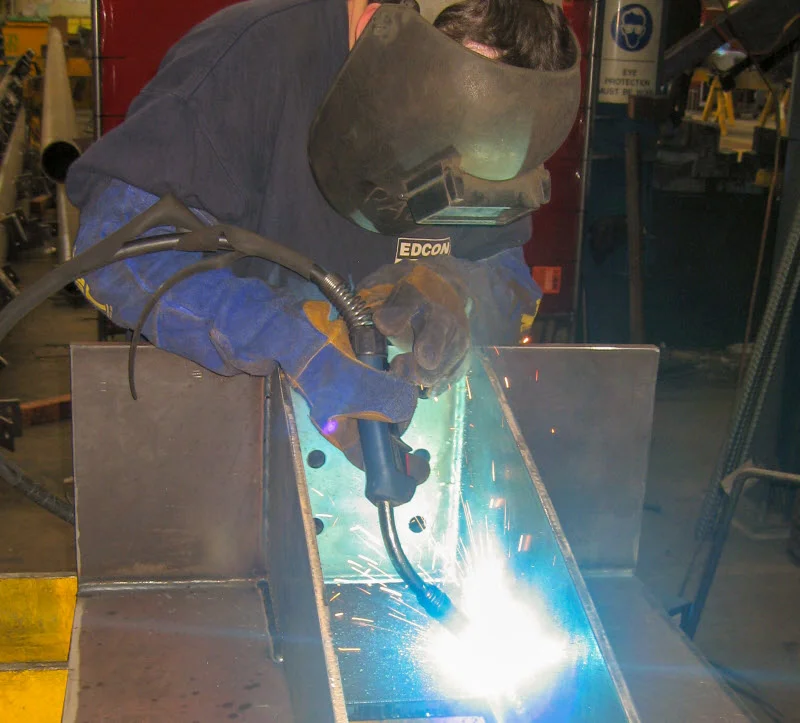
MIG welding techniques
Holding the welding device at a 10-degree angle, situate the electrode facing the direction you intend to weld.
You can further decrease the angle in order to alter the shape of the weld bead.
Once the welding gun is at the correct orientation, squeeze the trigger and move the MIG gun slowly. Push the nozzle forward in the welding direction.
Like all welding techniques, MIG welding takes practice.
You should always practise with scrap metal before moving on to welding projects.
Edcon Steel keeps a range of metal and steel offcuts at all our stores that are perfect for practice.
Are you looking for complete steel solutions?
Edcon Steel is Australia’s most comprehensive online steel and metal superstore. We cut and supply steel and metal – in a wide range of shapes, sizes and grades – for all your project needs.
We know metal and steel – and we know our customers appreciate our service and stockholding, so feel free to contact us for your steel or metal solution today.

